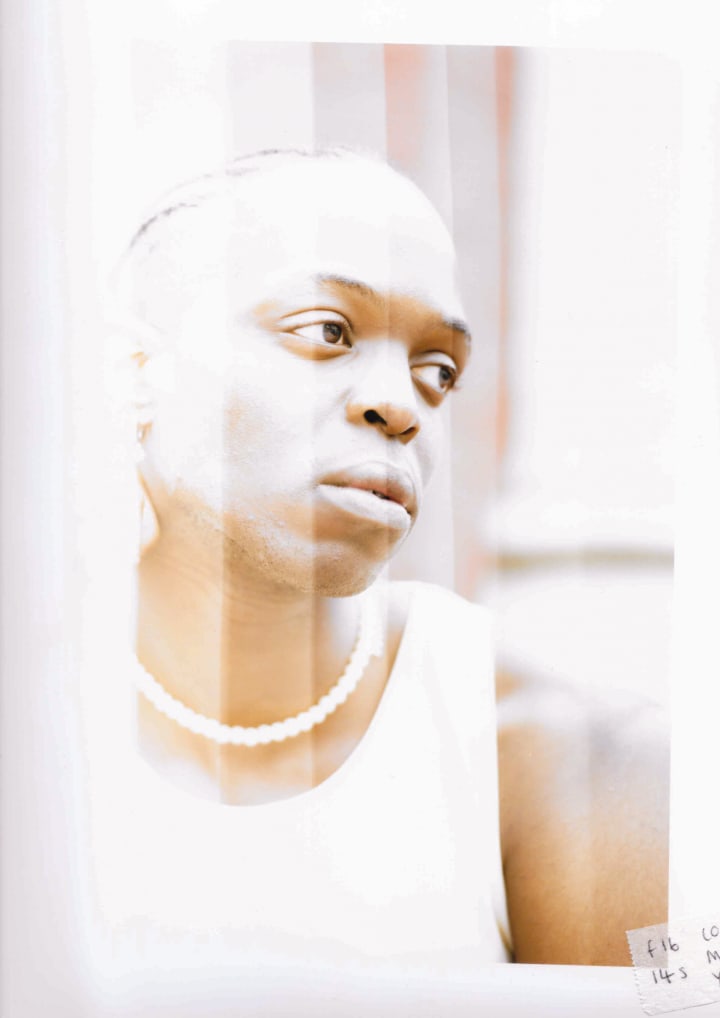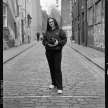My First Time in the Darkroom
Printing Colour Negatives in the Darkroom

I started shooting film back in 2019, or roughly around that time. I'd dabbled in film prior to 2019 but that was really the year that I fell in love with film and started to understand the magic behind the medium.
Since 2019, I've fallen in love with shooting film; with the process of film photography. Honestly, I think that it's made me a better and more considered photographer. I've had to learn to slow down, to really consider my composition and whether or not what I'm taking is a good photo, or is accurately representing what it is that made me stop and want to take the photo. In a general sense, it's opened my eyes to a whole other side of photography that I wasn't aware of or hadn't been, forgive the pun, exposed to as of yet.
As a photographer, I'm completely self-taught. I've never been to school for photography and had never taken a photography class or workshop before May of this year. Everything until this point has been an accumulation of trial and error, learning from the likes of YouTube or assisting amazing photographers and watching them work.
The workshop I took in May was a workshop that had been recommended to me by one of the amazing photographers I've had the honour to assist, Alex Massek, and it was a workshop he had taken, learning about printing colour film in the darkroom. The workshop in question was held at London's Rapid Eye Darkroom, a community darkroom and photography lab nestled in the heart of Shoreditch.
For the workshop, you had to bring negatives that had already been developed to print from. When it comes to shooting film, 6x7 medium format photography is my vice and so I took with me a roll of 6x7 negatives from a shoot done a couple of days prior.
As someone who is, as I mentioned, completely self-taught when it comes to photography, getting into film photography is something that came much later for me. I started in digital photography and then ventured into the world of film a couple of years later. Because of this, until this workshop, I'd never stepped into a darkroom, nor did I really know what to expect. Naively, I didn't even realise that a darkroom would be just as dark as it was.
The whole process of getting in the darkroom was, for me, much more therapeutic than I had expected. When photographing is your job as well as your hobby, it can be difficult to see the definition between work and play, and so doing something solely just for me, because I wanted to do it and I had the time to do it at my own pace and in my own way, and not with a client in mind, was definitely a form of mindfulness. For the hours that I was in the darkroom, I was shut off from the outside world. My phone was on Do Not Disturb and, for those few hours, my full focus was on the art that I was working with.
We started by creating a contact sheet from the negatives that I'd bought with me. For those of you who are unaware of the darkroom process, essentially what you do is expose the negatives onto the paper and do a strip test, testing different exposure times on the paper to find the one that fits best.

You then print more contact sheets that trial the exposure time you think works the best and then made adjustments until you find an exposure that you're happy with. Once you're at that point, you should have a good idea as to which image from the contact sheet you're going to enlarge.

The process of the final print is quite similar: starting with a strip test and working your way, in small increments of change, to an exposure and colour profile that you're happy with. It's a lot of trial and error but, thankfully, that's definitely how I learn and how I enjoy learning.



As I write this, I'm booked in for another darkroom session -- this time, an independent session, not a workshop, and for a full eight hours opposed to four -- in the next couple of days. Not only am I excited to have found a new hobby within my realm of work (although I'm less excited by the cost of said hobby), I'm genuinely excited to see how learning to print my images will make me a better photographer.

I truly believe that you improve with every new experience. Every new skill that you develop helps you to see your work, and the world, differently. I'm undeniably a better photographer for starting to shoot film and I hope, in the months and years to come, I'll be able to say the same for starting to print my photos too.
So here's to a new challenge and a new journey! Watch this space.
About the Creator
Sophia Carey
Photographer and designer from London, living in Manchester.
sophiacarey.co.uk






Comments
There are no comments for this story
Be the first to respond and start the conversation.